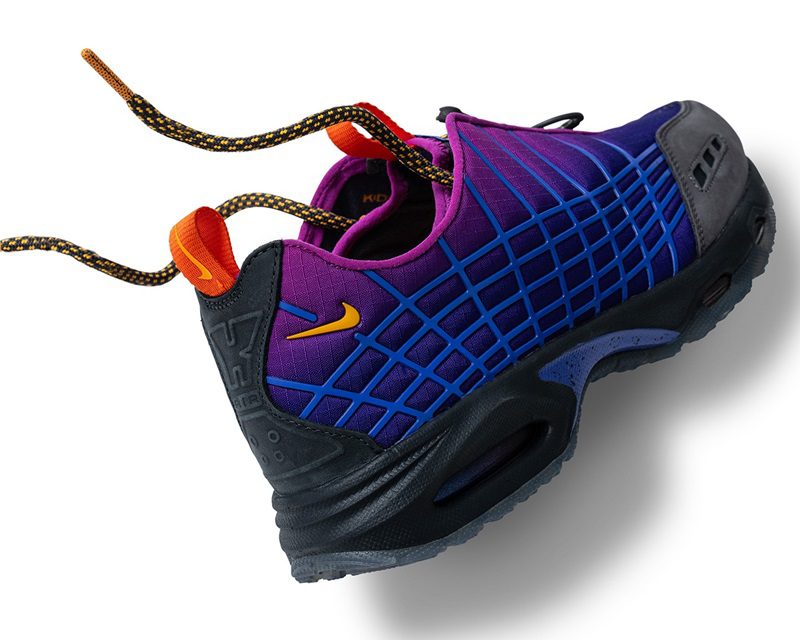Nike is nothing if not a seamless machine, especially when it comes to design and marketing of its top-tier product. When it comes to attaching its name to the best, Nike doesn’t hide that it pays a lot of money to sit atop the influential pyramids of professional and college sports.
What’s less out front is the money Nike pays to sit atop the same pyramids for the cool kids. Part of its efforts include seeding a lot of free product but it also collaborates with individuals and retailers and since none of them have high-powered agents like LeBron James, one has to guess it’s lifestyle influence costs are a lot lower than for professional and college sports.
Enter one Kanye West, who for the first time in the brand’s collaboration history loudly called out Nike on its compensation practices with non-athletes. Based on the back-and-forth-launch-news-sloppiness that occurred next, one has to conclude Nike was rattled.
At first everything on the surface with appeared to be going just fine. As it normally does, Nike was beginning to build hype around the Air Yeezy 2 Red October colorway.
West wore a pair for an appearance on “Saturday Night Live,” followed by Kim Kardashian, who flashed a section of the shoes on Instagram in May. There was also a giveaway contest held in June, though in a bit of an odd twist, winners were told they might not receive their shoes until 2014.
And after that, things seemingly began to fall apart. First, the normal distribution of pre-launch pairs to influencers seemed skimpy in comparison to prior launches. A few pairs were delivered but mostly they were spotted on high-profile celebrities. Kardashian showed a full view of the kicks in mid-October, but the month came and went and the Red (key-word) Octobers never saw the light of day.
Communication at this point must have begun to break down between West and Nike in November because in the second-half of the month during a Yeezus concert, Kanye called out Nike for wanting to put production ceilings on his product.
The complaints escalated and before the month was over, Kanye announced on Hot 97 that he was signing on with Adidas, who, said West, was willing to offer him royalties. He explained, “The old me might have taken this Nike deal because I just love Nike so much, blah, blah, blah, but the new me with a daughter takes the Adidas deal because I have royalties and I have to provide for my daughter.”
Nike has yet to comment on the falling out, but some of the actions it took after Kanye’s Adidas announcement appeared off kilter and out of character. Seemingly too close to Kanye’s departure it announced a Jordan partnership with Drake.
And though at the moment Drake may be musically more powerful than Kanye, but has never been viewed as possessing a good sense of style (which is probably why previews of sample product roundly panned by sneaker fans). Meanwhile, chatter was building that the the Red October shoes would never see the light of day.
Then, Foot Locker, Nike’s No. one retail partner wordwide, took everyone by surprise by announcing it would sell the shoes online on December 27, 2013 an announcement that was withdrawn a few days later.
Talk about the shoe during the month of January was non-existent and if hope of seeing Red October hit retail hit could be charted like a stock, by early February, it was at an all-time low. In most people’s minds, the next product they would see for sale from Kanye would bear an Adidas logo.
Nike surprised everyone when it announced the shoes would launch online of February 9th. According to reports, it sold out in just over 10 minutes.
All told, it felt like a final bird flip of sorts for Nike, letting West know he may be working for Adidas, but it’s still making money off his designs and name. And thus brought an end to the drawn out saga between Nike and West.
One has to guess that whatever contract Nike drew up with Drake and Riccardo Tisci was done with a little more care after the drama with West. If anything, Nike is in the midst of pulling back its spends on professional athlete sponsorship so it’s probably very mindful of keeping influencers at the pay grade of willing to work for product and brand association only.






